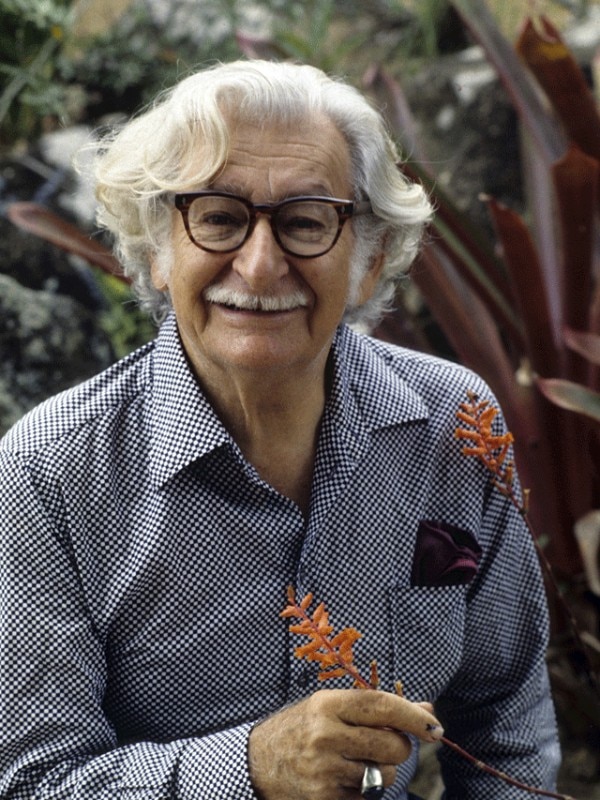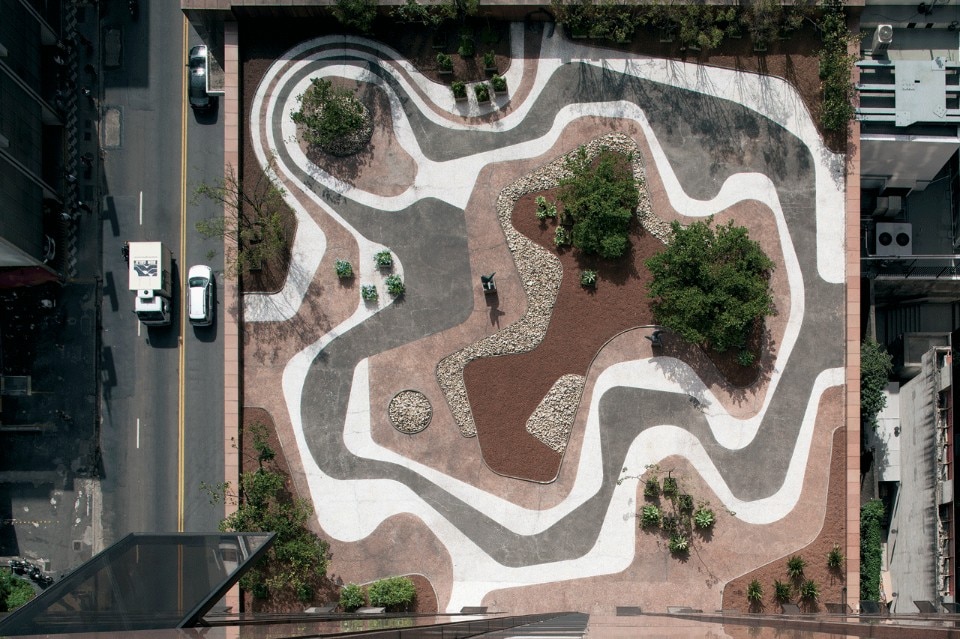


 View gallery
View gallery

Left: Roberto Burle Marx, Avenida Atlântica, Copacabana, Rio de Janeiro, 1970. © Burle Marx Landscape Design Studio, Rio de Janeiro. Right: Gardens of the Ministry of Education and Health, Rio de Janeiro, 1938. Photo Cesar Barreto

Roberto Burle Marx, Gardens of the Walter Moreira Salles residence, now the Instituto Moreira Salles, with Burle Marx’s azulejo tile wall and plantings around a fountain, 1951. Photo Cesar Barreto

Roberto Burle Marx painting a tablecloth in the loggia of his home, 1980s; the azulejo tile walls and chandelier composed of fruit and flowers on a metal armature are his work. Photo Tyba

Roberto Burle Marx, design for a mineral roof garden, Banco Safra headquarters, São Paulo, 1983, gouache on paper. © Burle Marx Landscape Design Studio, Rio de Janeiro. Photo Cesar Barreto

Roberto Burle Marx, design for the Minister’s Rooftop Garden, Ministry of Education and Health, Rio de Janeiro, 1938, gouache on paper. © Burle Marx Landscape Design Studio, Rio de Janeiro
until 18 September 2016
Roberto Burle Marx: Brazilian Modernist
The Jewish Museum
1109 5th Ave. at 92nd St.
New York



